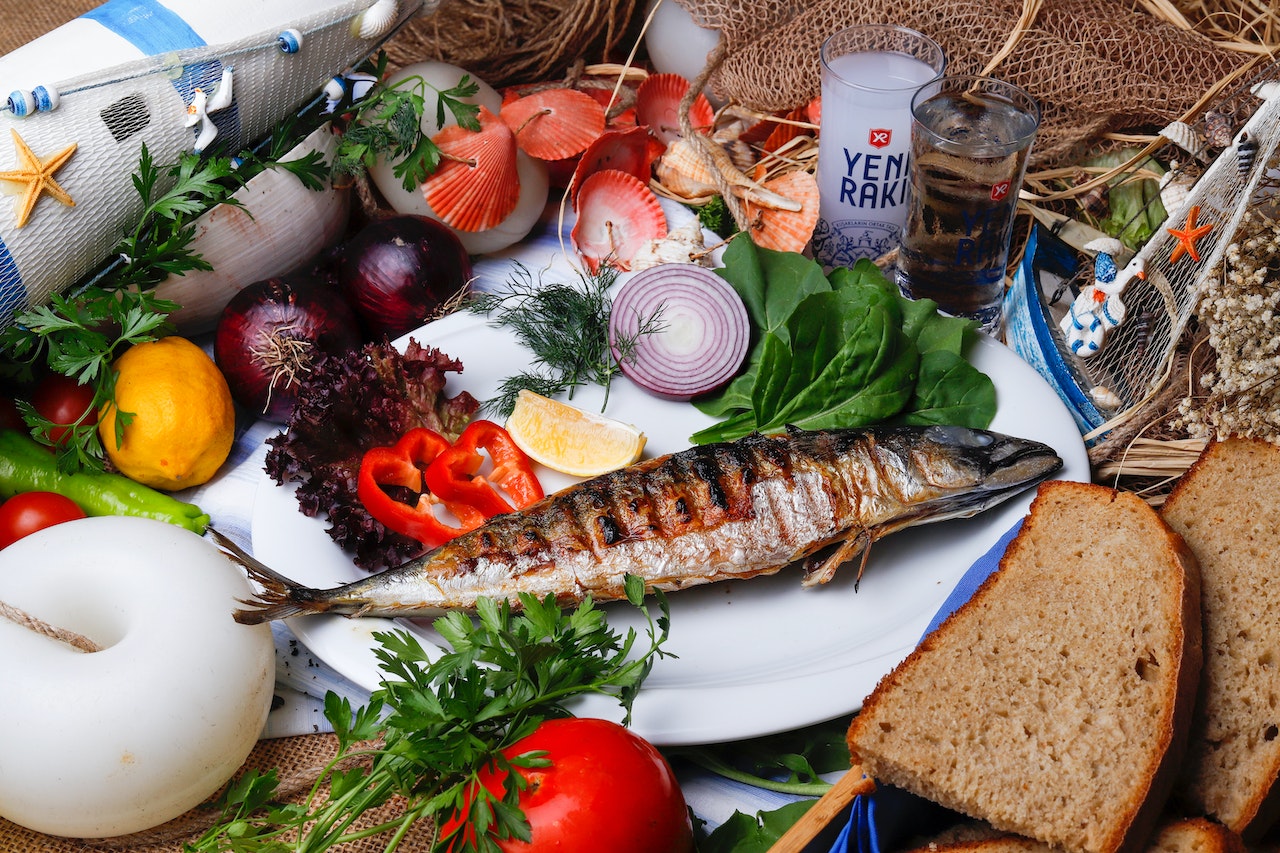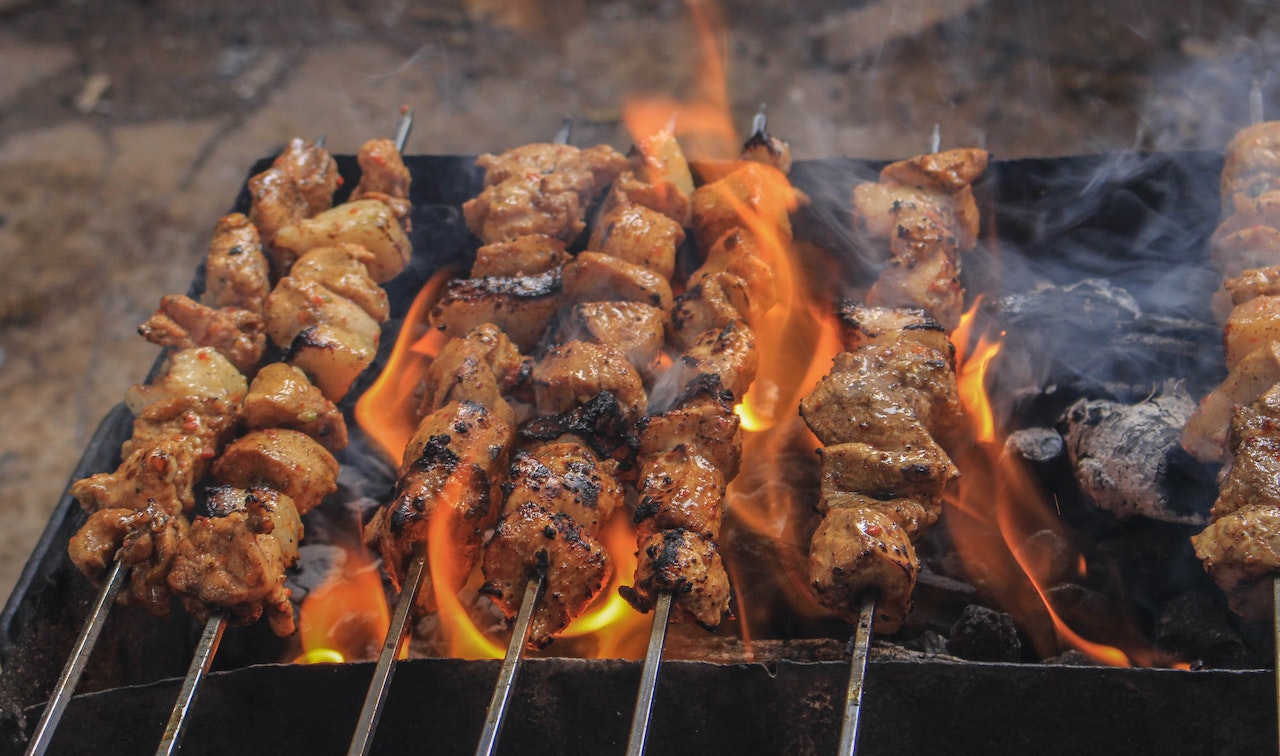Turkish raki, often referred to as the “lion’s milk,” holds a special place in the hearts of locals and visitors alike. This traditional Turkish spirit embodies the essence of the country’s rich cultural heritage and Mediterranean flavors. From its unique production process to its distinctive taste and the social rituals surrounding its consumption, raki offers a fascinating glimpse into Turkish traditions. In this article, we will explore the history, production, and cultural significance of Turkish raki, as well as the rituals and culinary experiences that accompany this iconic drink.
A Historical Journey
The roots of Turkish raki can be traced back centuries to the Ottoman Empire. The drink has a long and colorful history, with influences from the Middle East, Greece, and the Balkans. Originally, raki was made from distilled grapes, but with the introduction of the grape-based spirit “yeni raki,” it became the iconic Turkish drink we know today. The production of raki involves the double distillation of grapes and the addition of aniseed, which gives the drink its distinct flavor and aroma.
The Making of Turkish Raki
The production process of Turkish raki is an art form in itself. It begins with the selection of high-quality grapes, which are fermented and distilled to create a pure grape-based spirit. This initial distillate is then mixed with water and redistilled to reach the desired alcohol content. During the second distillation, aniseed is added to infuse the spirit with its characteristic flavor. The resulting liquid is then aged in oak barrels, allowing the flavors to harmonize and develop complexity.
Savoring the Spirit
The enjoyment of Turkish raki is a cultural experience that goes beyond simply drinking. Traditionally, raki is served in a special glass known as a “kadeh” or a tulip-shaped glass. The spirit is diluted with ice-cold water, which turns the clear liquid into an opalescent milky-white color, earning it the nickname “lion’s milk.” This transformation is a visual delight that adds to the allure of the drink.
Accompanying raki is a rich tapestry of mezze, or small appetizers, which are an essential part of the raki-drinking ritual. These include a variety of dishes such as grilled meats, cheese, olives, and fresh vegetables. The combination of flavorful mezze and the refreshing qualities of raki creates a harmonious dining experience that encourages conviviality and socializing.
Raki in Turkish Culture
Raki holds a special place in Turkish culture and is often associated with important social gatherings and celebrations. From weddings to festivals and family gatherings, raki is an integral part of these joyful occasions. It is a symbol of friendship, hospitality, and the unity of shared experiences.
Furthermore, raki has inspired numerous literary works, poems, and songs, paying tribute to its cultural significance and the emotions it evokes. It is considered a drink that brings people together, fostering conversations, laughter, and a sense of community.
Responsible Consumption
While raki is an integral part of Turkish culture, it’s important to emphasize responsible consumption. The high alcohol content of raki requires moderation and caution. Enjoying raki with water and mezze is not only a culinary pleasure but also a way to pace oneself and savor the experience responsibly.
Turkish raki, with its rich history, intricate production process, and cultural significance, is more than just a drink—it is an embodiment of Turkish traditions, flavors, and the art of gathering. Whether sipped during festive celebrations or shared over mezze with friends, raki fosters a sense of togetherness and conviviality. Embracing this time-honored tradition allows visitors to immerse themselves in Turkish culture and experience the warmth and hospitality for which the country is renowned.


